With the exception of California, Florida is perhaps the country’s leader in strange and wacky politics, with hanging chads, recounts, and even a 2004 City Council election tie that was finally settled by the flip of a coin at the city’s community center.
And it’s no wonder. For decades, Florida has increasingly become a hearty mix of transplanted snowbirds settling on the east and west coasts, Cuban immigrants and Latino culture claiming the south, southern conservative Democrats rubbing elbows with Georgia, and gun-toting militia types dotting the center — if not for the sprawling ranch land, then for the proximity to NASCAR.
Perhaps brought together by a general loathing of all things cold, east-coast elites of Boca Raton, Labelle ranchers, mid-life professionals, and the rapidly growing swell of college students have somehow learned to live in relative tolerance with one another. Somehow, it all works.
Enter election season.
Of the twelve candidates originally vying for the governor’s seat, nine are left. Of those, there’s one Republican, one Democrat, one libertarian, one Independence Party of Florida candidate, one write-in, and four with no party affiliation.
Naples millionaire Rick Scott defeated favored-to-win Attorney General Bill McCollum in the Republican primary, and the Democrats chose the state’s Chief Financial Officer Alex Sink over investor Jeff Greene as their nominee. By most lucid accounts, one of these two will be moving their La-Z-Boy into the governor’s mansion next year.
However, there are still seven other candidates of varying or no party affiliation who somehow clawed their way onto the ballot to vie for the highest office in the state, which isn’t surprising given that Florida’s diverse population tips the odds in favor of some interesting results when these widely varied groups collide at the polls.
In addition to the Republican and Democratic gubernatorial candidates, the Libertarian Party put forth an unopposed candidate, John Smith, and controversial Florida entrepreneur Josue Larose managed to win write-in status.
Considering Florida’s broad constituency, just what defines the meaning behind the state’s political parties? Who’s representing what, and is Florida a shining example of a true, multi-party system, or a circus ring of made-up parties and cardboard candidates?
As of August 19, 2010, the Florida Division of Elections website listed no less than sixty-nine registered political parties, some so colorful it’s impossible to pick a favorite: “American Aristocrats Political Party,” “Florida Whig Party,” “American Film Stars Political Party,” and the “Faith & Patience Inc. N.P.G.G.” party, the description of which stubbornly eludes several search engines.
Although all of the parties listed on the Division of Elections website are described as “active,” in truth only a handful actually field any candidates. Besides the better-known Libertarian Party, the currently high-profile Tea Party placed approximately twenty candidates in races throughout the state.
While gubernatorial candidates spend millions of dollars trying to brand their candidates and party ideals, the lack of state regulations governing the formation of political parties seems to invite the influx of new parties that can muddle the electoral process. In Florida, if someone names a chairman and treasurer, and files quarterly financial reports with the Secretary of State’s office, they’re official; there are no fees, and there seems to be no standing regulation on party names or purpose, much less on good taste.
Such a user-friendly system has, no doubt, led to abuse: for example, thirty-nine out of the sixty-nine total registered parties in Florida were made up of wealthy gubernatorial write-in candidate, Josue Larose, who is chairman of all thirty-nine, including “American Music Stars Political Party” and “American Celebrities Political Party,” leading some to question the burden such frivolous excess places upon the Elections Board.
While a few, like the “Surfers Party of America,” stand out for originality, others just seem confused: the report shows that in Sarasota County alone, 85,772 voters are registered Democrats, yet 139 voters feel the overwhelming need to officially call themselves “Independent Democrats of Florida.”
While the Libertarian Party has a candidate for governor on the ballot, there’s also a “Progressive Libertarian Party.” There’s also the “Reform Party” and the “American Reform Party.” For the Socialists in the state, there’s the “Florida Socialist Workers Party,” the “Party for Socialism and Liberation,” and the “Socialist Party of Florida.” It’s a veritable buffet of gun-toting freedom fighters and co-op farms out there; whatever your fancy, Florida’s got the party for you.
At the other end of the spectrum, there’s the “Independent Party,” the “Independence Party of Florida,” and “America’s Independent Party.” (It seems these groups could save a lot on paper supplies if they would just pick a Saturday and figure it out, but a “Co-Dependent Independent Party” is probably unlikely.)
Although the quirkiness of many of these parties can certainly raise eyebrows, others demonstrate that better regulations regarding the definitions and parameters of political parties might be in order. A case in point is the Real Food Party of the United States of America, chaired by James H. Carter of Live Oak, FL. This party pushes beyond the limits of good taste. Currently reported as “active” by the state, the party’s website was last updated on April 29, 2009, and lists a fictitious candidate named “Drunken Negro Heads,” whose descriptive interests and attributes include: “Pro-Sugar Subsidies, Alcoholic, Anti-Dentite, Free Republic,” and, “Greek Orthodox.” Clearly, some regulation is in order.
By watching traditional news outlets, the impression is that Florida, like all of America, is comprised of Democrats, Republicans, and undecideds. But it’s that tricky “undecided” category that’s morphed into a beast of its own, and connecting with these groups in a way that translates into traditional Republican and Democrat votes at the polls can be like herding cats.
The reality is that rather than a traditional left vs. right matrix, Florida’s voting population is closer to a schizophrenic patchwork of extremes in all directions, and textbook campaign messaging may not resonate this season.
It’s important to remember that the 2.43 million votes cast in this year’s primary election represented only 21.9 percent of registered voters, according to the Florida Division of Elections.
Big-party pollsters may discount the power of these alternative political partiers, but the fact is that these are voters who — although far outside of the traditional, two-party establishment — in the end, often wind up voting for one of the major candidates on the ticket. This reality serves as a reminder that these fringe voters collectively comprise the vast and influential groups more commonly referred to as the “swing voters,” the “undecideds,” and the “independents.”
After securing your base vote, campaign rule number one is going after the middle — those who are either red or blue voters but are still unsure, and those who are politically active yet outside of the mainstream parties altogether.
It would seem that Florida’s all-important middle is growing more restless than ever, and gubernatorial candidates as well as others will have to face the unsettling fact that races are almost always won by identifying with and winning over this broad group.
Good luck with that one.


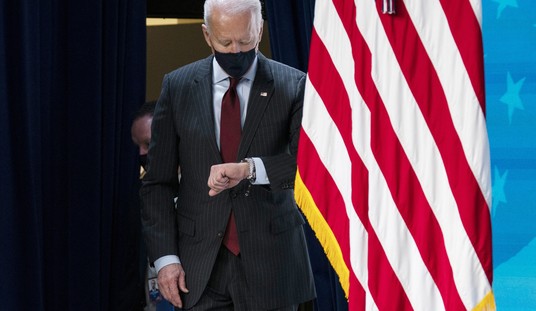
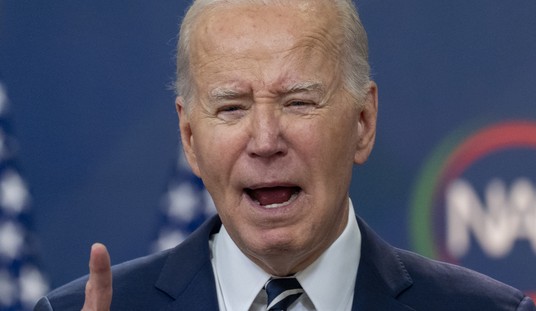
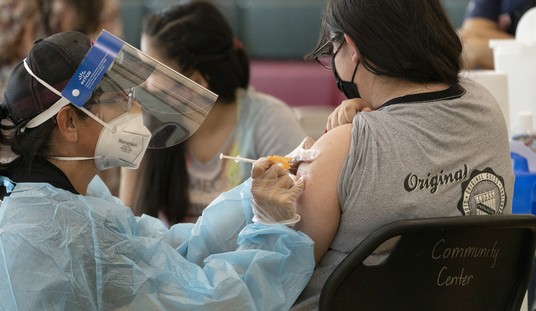
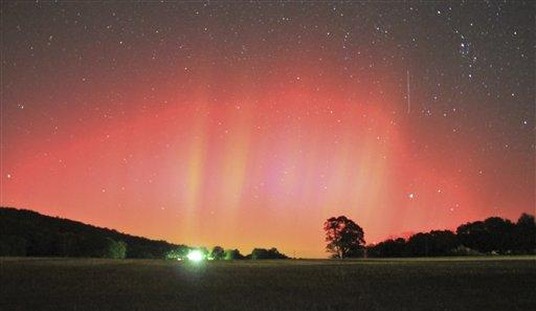
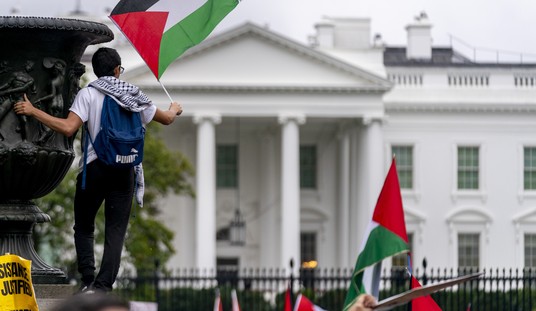

Join the conversation as a VIP Member